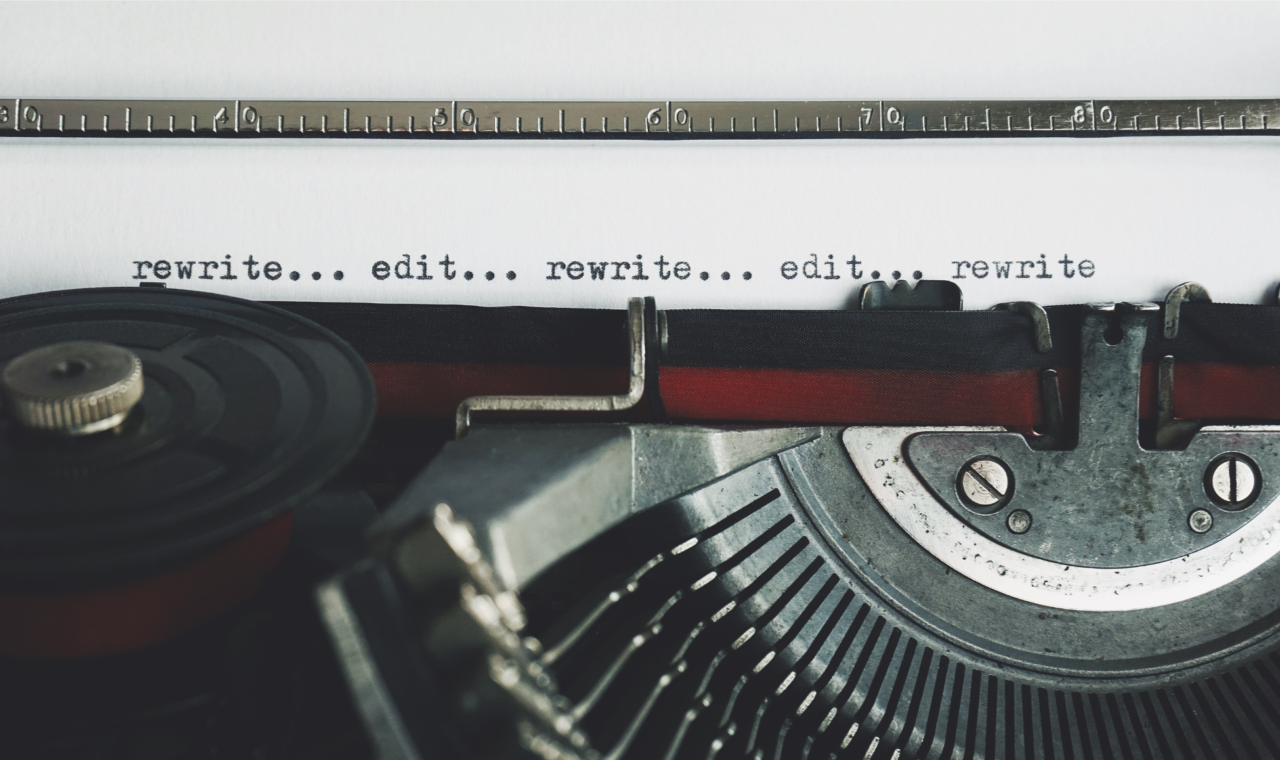Polishing Your Writing to Perfection
When I first embarked on my journey as a writer, I quickly learned that the true magic of storytelling lies not just in the act of writing but in the art of editing and proofreading. As I completed my manuscripts, I went through several rounds of self-editing, seeking perfection with every pass. However, I soon realized the value of seeking external input. I entrusted my work to my mom for a fresh perspective, and eventually, I hired a professional editor. This process taught me invaluable lessons about the importance of editing and proofreading. In this blog post, I will share the benefits of each stage of the editing process, along with helpful guidance on self-editing and proofreading techniques to assist writers in refining their work.
The Benefits of Editing and Proofreading:
Editing and proofreading serve as crucial steps in the writing process, ensuring that your work is polished, coherent, and error-free. These stages offer the following benefits:
- Enhanced Clarity: Through the editing process, you gain the opportunity to clarify your ideas, streamline your sentences, and strengthen the overall structure of your work. This allows readers to engage with your writing more effectively and grasp the intended message effortlessly.
- Improved Flow and Coherence: Effective editing helps create a seamless flow throughout your piece, making it easier for readers to follow your narrative or argument. By refining the transitions between paragraphs and sections, you can ensure a cohesive and engaging reading experience.
- Error Elimination: One of the primary purposes of proofreading is to eliminate grammatical, spelling, punctuation, and typographical errors. By meticulously reviewing your work, you demonstrate your commitment to professionalism and ensure that readers are not distracted by avoidable mistakes.
Self-Editing and Proofreading Techniques:
Here are some practical techniques to help you enhance your self-editing and proofreading skills:
- Take a Break: Before starting the editing process, step away from your work for a while. This break allows you to approach your writing with a fresh perspective, enabling you to identify areas that need improvement more effectively.
- Read Aloud: Reading your work aloud helps identify awkward phrasing, clunky sentences, or pacing issues. It allows you to catch errors that may have gone unnoticed during silent reading. Pay attention to the rhythm and cadence of your sentences, ensuring they flow smoothly.
- Focus on Structure and Organization: Analyze the overall structure of your work. Check if your introduction captivates readers, if your arguments flow logically, and if your conclusion leaves a lasting impact. Ensure that each paragraph serves a purpose and contributes to the overall coherence of your piece.
- Grammar and Style Check: Scrutinize your writing for grammar, punctuation, and spelling errors. Utilize grammar and spell-check tools but remember they are not foolproof. Pay attention to common mistakes and ensure consistency in punctuation, verb tense, and sentence structure throughout your work.
- Seek Feedback: Enlist the help of others, such as trusted friends, writing groups, or beta readers, to provide feedback on your work. Their fresh perspective can uncover blind spots and offer valuable suggestions for improvement.
Editing and proofreading are essential steps in the writing process, allowing you to refine your work and elevate its quality. By engaging in self-editing techniques and seeking external input, you can enhance clarity, improve flow and coherence, and eliminate errors. Remember, editing is a continuous process, and even the most experienced writers benefit from multiple rounds of revision. Embrace the power of editing and proofreading to polish your writing to perfection, captivating your readers and leaving a lasting impact.





